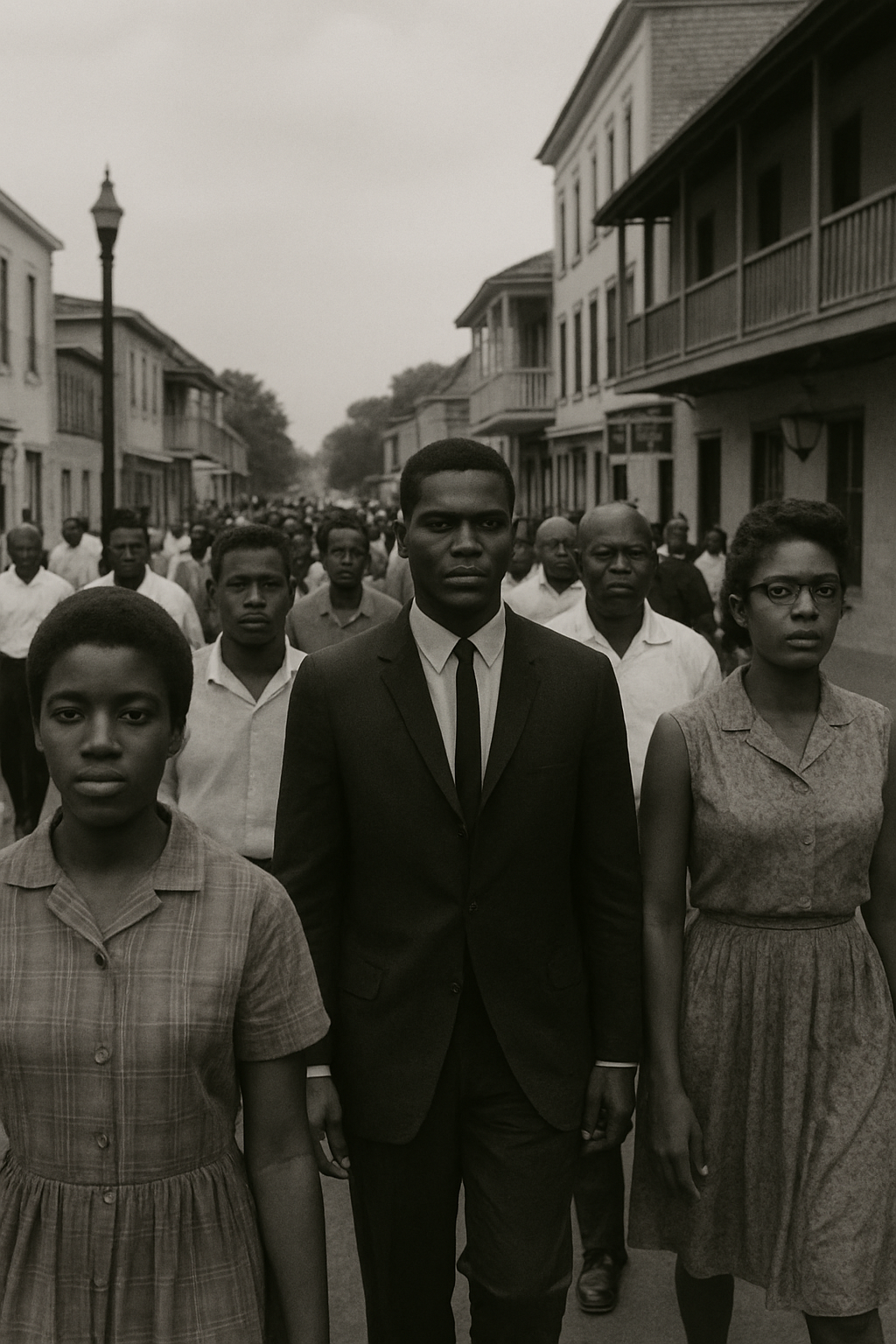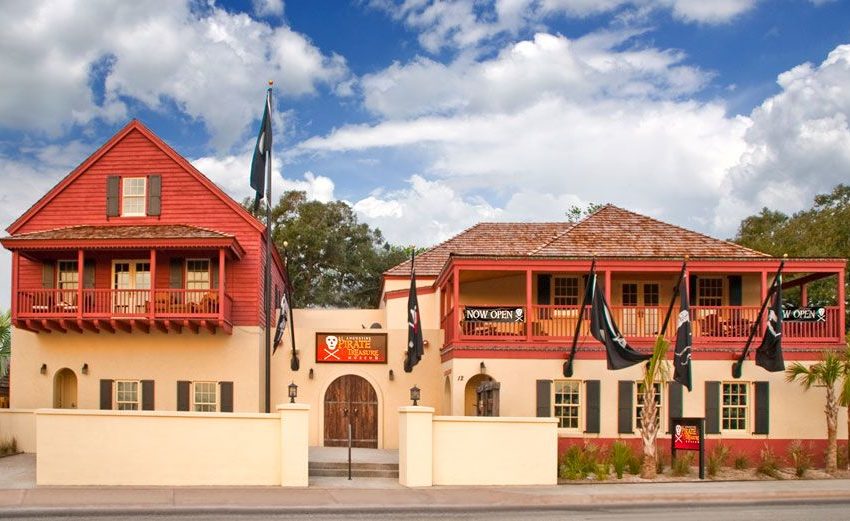St. Augustine and the Civil Rights Movement: Ground Zero in the South
St. Augustine is best known for being the oldest city in the United States, but in the 1960s, it earned a new distinction: one of the most explosive battlegrounds in the fight for civil rights. What happened here wasn’t just local protest — it became national news, influencing landmark legislation and exposing the brutal reality of segregation in the American South.
A City Still Segregated
By the early 1960s, St. Augustine looked like a charming postcard. Spanish-style buildings, cobblestone streets, horse-drawn carriages — a booming tourist destination. But just beneath that surface was a tightly enforced system of Jim Crow segregation.
Black residents, many of whom had lived in the city for generations, were denied access to public beaches, restaurants, hotels, schools, and voting rights. Peaceful attempts to integrate facilities and register voters were met with harassment, arrests, and violence.
Frustrated by the slow pace of change, local Black leaders began organizing more direct action.
The Local Spark
The movement in St. Augustine didn’t begin with outsiders. It was built by residents like Dr. Robert Hayling, a Black dentist and Air Force veteran who led the local NAACP Youth Council. Under his guidance, young protestors held sit-ins at lunch counters and wade-ins at segregated beaches — often facing police brutality and arrest.
Hayling’s home was firebombed. He and his supporters were beaten by members of the Ku Klux Klan. Still, they pressed on.
Enter Dr. King and the SCLC
In 1964, the Southern Christian Leadership Conference (SCLC), led by Dr. Martin Luther King Jr., turned its attention to St. Augustine. The city became a key focus because of Florida’s role in the national image — a vacation paradise where racial injustice could no longer be ignored.
Dr. King’s involvement raised the stakes. National media followed him to St. Augustine. So did FBI agents. And so did violence.
One of the most infamous moments came when King attempted to dine at the Monson Motor Lodge — a whites-only establishment on the bayfront. He was arrested on the spot. Later, when Black protestors jumped into the hotel’s whites-only pool, the manager poured muriatic acid into the water to drive them out. The shocking image of a police officer diving in to pull them out hit newspapers and TV screens nationwide.
National Impact
St. Augustine’s protests weren’t just symbolic — they were timed. The demonstrations reached their peak in the summer of 1964, while Congress was debating the Civil Rights Act.
Footage of peaceful demonstrators being beaten, jailed, and attacked in a city known for its beauty and tourism helped sway public opinion. President Lyndon Johnson reportedly used the events in St. Augustine to persuade reluctant lawmakers to support the bill.
On July 2, 1964, the Civil Rights Act was signed into law — banning segregation in public places and outlawing employment discrimination based on race, color, religion, sex, or national origin.
A Divided Legacy
Despite the legislative victory, St. Augustine didn’t immediately embrace change. White resistance was strong. Tourism took a hit. Some locals blamed activists for “stirring up trouble.” But the courage of those who stood up — especially the local teenagers and elders who faced down dogs, fire hoses, and the Klan — created a legacy that could not be erased.
Today, St. Augustine honors that chapter with historical markers, exhibits, and walking tours, but the story still feels raw to many. The fight for equality wasn’t just about Washington or Selma or Birmingham — it ran straight through the ancient streets of America’s oldest city.
St. Augustine’s history isn’t just colonial — it’s confrontational. What began as a 16th-century outpost became, four centuries later, a flashpoint for American justice.






